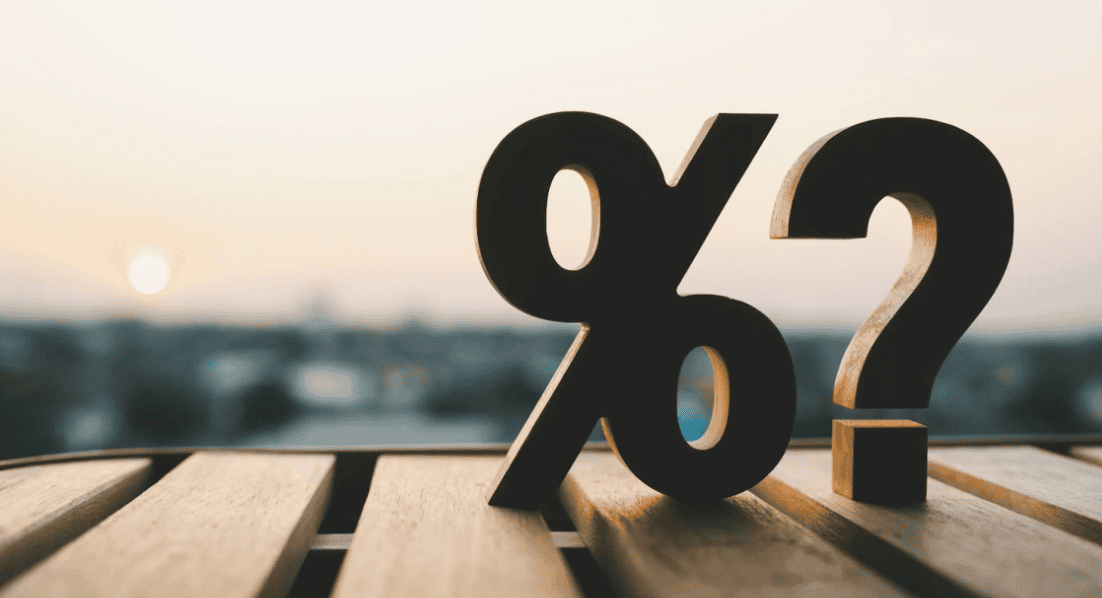Many market participants, analysts, and policymakers believe that interest rates will remain significantly higher than in the pre-pandemic era after the current monetary policy cycle concludes. This column argues that the combined forces of constrained aggregate demand due to global debt and a likely normalisation of the risk premium suggest a different outcome – a return to the low interest rate environment that characterised the pre-pandemic era.
As the global economy emerges from the COVID-19 pandemic, many market participants, analysts, and policymakers believe that interest rates will remain significantly higher than in the pre-pandemic era after the current monetarypolicy cycle concludes. For example, the most recent Congressional Budget Office projections anticipate terminal policy rates around 3% (CBO 2024), much higher than the 0-2% range we observed in the years preceding thepandemic. However, this consensus overlooks two crucial factors that could drive down the natural rate of interest, or r*.
First, we are witnessing unprecedented levels of sovereign indebtedness. Public debt in both developed and emerging economies has reached historic highs. For example, privately held public debt in the US hovered around 30% of GDP at the turn of the century, while it is now close to 100% and climbing. In Chile, a darling of good fiscal management in emerging markets, it has climbed from 5% to 40% over the same period. While partial equilibrium logic suggests that higher debt should lead to higher interest rates, general equilibrium logic suggests the opposite (e.g. Mian et al 2021). As the saying goes, “a small loan is the borrower’s problem; a large loan is the lender’s problem”. In this case, the issue lies not with lenders but with aggregate demand. The primary deficits of heavily indebted countries are unlikely to sustain aggregate demand indefinitely. Consequently, lower interest rates will be necessary to encourage the private sector to fill the demand gap.
This shift won’t happen overnight, or even monotonically, as the politics of fiscal policy adjustments are complex. Inthe US, fiscal restraint will likely evolve gradually, driven more by muted responses to emerging fiscal needs than by a clear consolidation plan. However, interest rates are determined globally, and other regions are moving more swiftly. For example, the EU has initiated disciplinary actions against seven member states, including France and Italy, for excessive public debt. Similarly, emerging market economies are adjusting their fiscal rules to curb debt accumulation. In China, the issue isn’t sovereign debt but a reluctant private sector and constrained regional governments amid a severe property sector downturn.
The impact, however, is similar. China’s rapidly falling domestic interest rates, despite government efforts to counteract them, highlight the gravitational pull of insufficient demand. China’s situation may even be an early indicator of a global trend towards lower interest rates driven by persistent demand shortfalls.
Second, the risk premium – the difference between the expected return on risk capital and the short-term safe interest rate – is poised for a correction. From the aftermath of the dot-com bubble until the COVID-19 pandemic, the expected return on risk capital remained relatively stable, while the safe interest rate declined, notably after the Great Recession (Caballero and Farhi 2018, Caballero et al. 2017a, 2017b, Caballero and Simsek 2020). The prolonged low interest rate environment acted as a release valve for the widening risk premium, driven by heightened risk awareness and regulatory changes.
Today, however, this risk premium has largely evaporated. Proponents of a ‘high for long’ scenario argue that the economy’s resilience to elevated rates suggests that the equilibrium interest rate (r*) must be higher than previously thought. Yet, this view overlooks a crucial detail: since late 2023, the low risk premium has kept financial conditions more accommodative than interest rates alone would imply.
There is no fundamental reason to expect this low risk premium to persist indefinitely. It is likely to rise, though whether this adjustment will be abrupt or gradual remains uncertain. Historically, significant medium-term adjustments in the risk premium have often been driven more by changes in safe interest rates than by equity markets, as seen in the post-Great Recession period. Recent market turbulence, characterised by a sharp but temporary drop in equity pricesalongside a sustained decline in interest rates, could indicate the beginning of this normalization process.
In summary, while the prevailing view anticipates a prolonged period of high interest rates after the current monetarypolicy cycle, I remain sceptical. The combined forces of constrained aggregate demand due to global debt and a likely normalisation of the risk premium suggest a different outcome – a return to the low interest rate environment that characterised the pre-pandemic era.
Source : VOXeu





